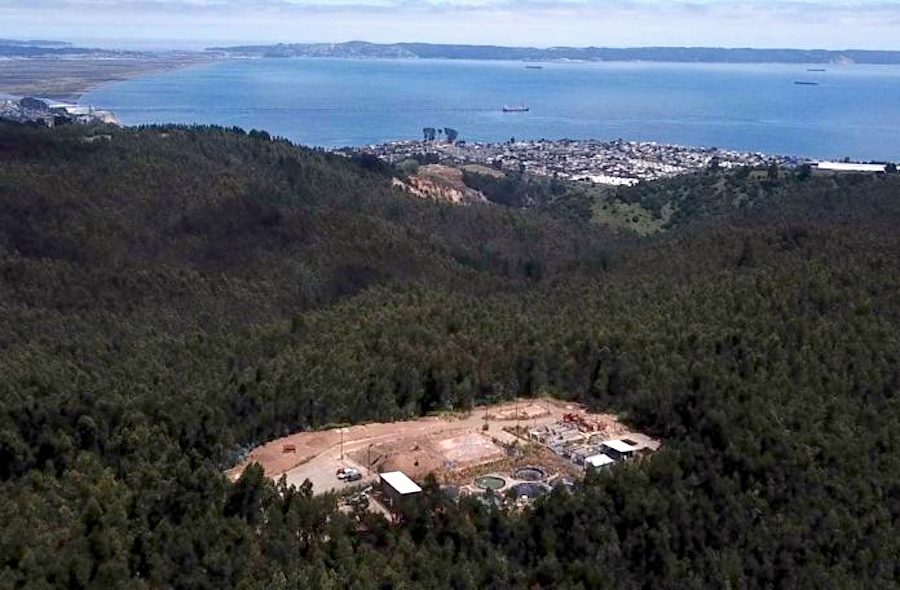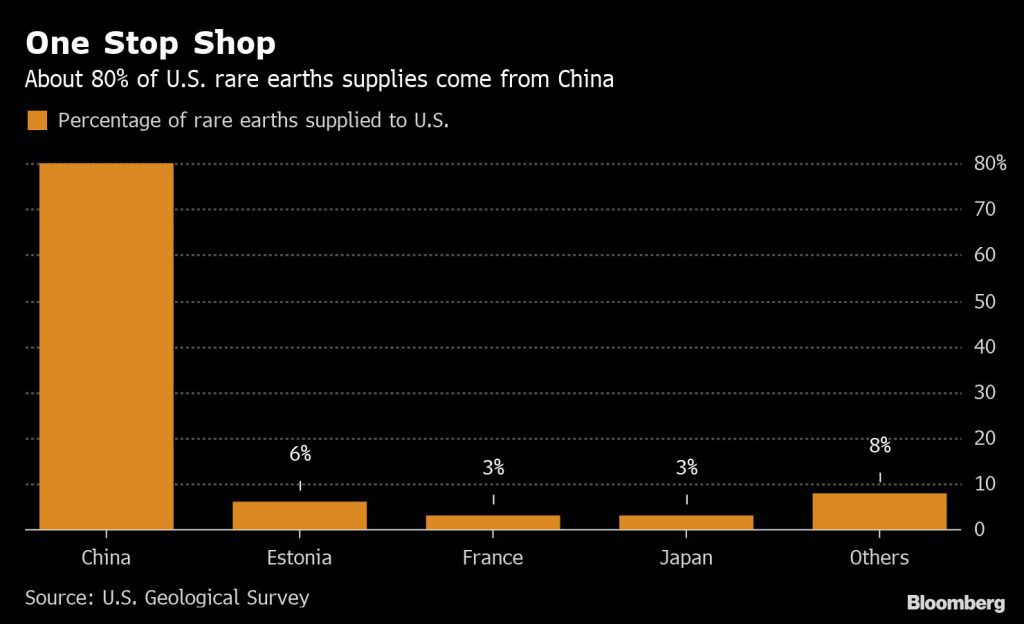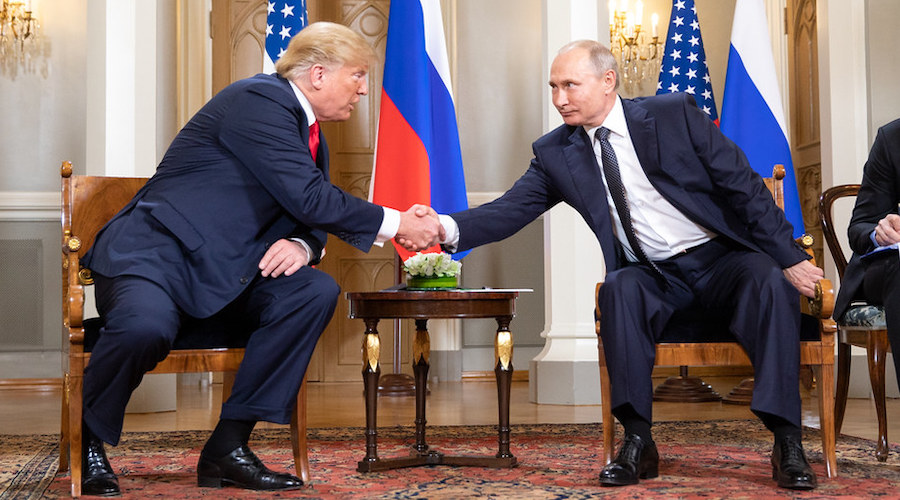Hochschild taps into rare earths with Chile acquisition

Precious metals producer Hochschild Mining (LON: HOCH) has gone off script by acquiring a rare earths deposit in Chile for $56 million in cash as the market for those elements, used in electric vehicles (EVs), battery storage and wind turbines continues to grow.
The Peru-based miner had invested $2.5 million in the BioLantanidos project during 2018 and early 2019 in exchange for a 6.2% stake with an option to increase ownership.
The move gives Hochschild full ownership of the asset, which the company says contains “high concentrations” of the coveted elements.
“Although the amount invested represents a small percentage of Hochschild’s current precious metal revenue and market capitalisation, it provides significant options in a market expected to grow exponentially,” the company said in the statement.
“Hochschild remains focused on precious metals, but is excited to enter a key industry with expected exponential growth and in a low risk jurisdiction”
Chief executive Ignacio Bustamante
Production of rare earths is dominated by China, which accounts for almost 80% of global production. That situation may be about to change, as several countries are stepping up efforts to challenge Beijing’s dominance in the market.
Last week, the US State Department expanded a government initiative to promote the supply of rare earths and other minerals in resource rich countries.
Washington has grown more concerned recently about its dependence on mineral imports after China suggested using them as leverage in the trade war between the world’s two largest economies.
Xi Jinping’s administration has used the country’s rare earths dominance to make a political point in the past. It blocked exports to Japan after a maritime dispute in 2010, though the consequent spike in prices triggered a race to secure supplies elsewhere.
Australia is also working on curbing China’s supremacy in the market by committing to facilitate potential joint ventures to improve rare earth processing capacity.
Canberra identified last month 15 rare earth and critical mineral projects it aims to champion as part of a joint effort with the US.
The announcement followed a move by Australia’s Lynas Corp., (ASX: LYC), the world’s largest rare earths miner outside China. In July, the company signed a deal with its partner, Texas-based Blue Line, to build a heavy rare earths separation facility in the US. The facility plans to begin operations by 2021.
The US has also signed a memorandum of understanding to assist Greenland in the exploration and development of the island’s resources — in particular, its rare earth minerals.
Similar to China’s RREE
Hochschild said the BioLantanidos deposit was a clay resource, similar to those in China, with the rare earths, mostly Terbium, Dysprosium, Praseodymium and Neodymium, occurring at between 20 to 30 meters depth.
Due to the easy access to the elements, the firm will not need to use explosives or build a tailings dam, it said. Once mined, the clay will be washed to desorb the rare earth elements, without using “potentially harmful chemicals” and then returned to the pits.
The company did not provide an estimate of the capital spending, but noted the mine — located about 500 km south of Chile’s capital Santiago — would become “one of the lowest cost rare earth producers”.

The investment only represents 5% of Hochschild’s market capitalization, but after the precious metals miner’s profits were dented by recent weak silver prices, diversifying into the growing rare earths market seems like a smart move.
Hochschild’s chief executive, Ignacio Bustamante, said the acquisition came after an “extensive long-term project” to find commodities with “very strong growth characteristics.”
The firm “remains focused on precious metals,” said Bustmante, but is excited to enter “a key industry with expected exponential growth and in a low risk jurisdiction” which “could see the company become a relevant player in the global rare earths market”.
Over the next 18 months, Hochschild will revise a feasibility study completed by BioLantanidos, the Chilean company that held the majority stake in the namesake asset, as well as appoint a dedicated management team to oversee the project.
More News
{{ commodity.name }}
{{ post.title }}
{{ post.date }}



Comments